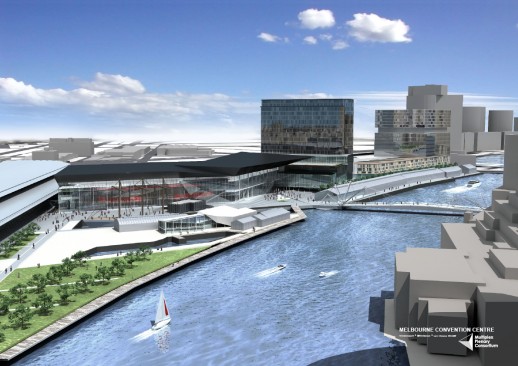Melbourne Maritime Museum - home of Polly Woodside
** The museum is closed for redevelopment and is scheduled to reopen in December 2008. **

Polly Woodside was one of thousands of merchant sailing vessels built for the booming international trade of the late nineteenth century, a remnant of the romantic era of sailing ships. Built in Belfast in 1885 and described as “the prettiest barque every built in Belfast” she was named Polly, after Marian, the wife of her owner William Woodside.
Polly Woodside rounded the infamous Cape Horn 16 times carrying coal and nitrate between Europe and South America. Sold to New Zealand owners in 1904, she was renamed Rona and was a trading ship in the Tasman Sea and Pacific Ocean until 1924. The last 40 years of her working life, stripped of her masts and rigging, were spent as a coal hulk re-fuelling steamships in the Port of Melbourne. “Sold” to the National Trust for 1 cent in 1968, she was given back her original name Polly Woodside and lovingly restored by volunteers. Since then, Polly has become a much-loved part of Melbourne landscape, with many thousands of visitors each year enjoying the opportunity to step aboard this famous ship and imagine life at sea.
Polly Woodside was awarded the prestigious World Ship Trust Medal in 1988 for the quality of the restoration, joining ships such as Mary Rose (UK 1510), Great Britain (UK 1843) and Cutty Sark (UK 1869) to have received this honour.
The museum has temporarily closed to allow for the major redevelopment of the lower Yarra’s southern bank.
The redevelopment, announced by the Victorian Government in February 2006, includes a 5000-seat convention centre, a five-star hotel, an office and residential tower, and riverfront retail promenade.
The redevelopment will revitalise the museum, with purpose built facilities to showcase the association between Melbourne’s maritime heritage and its development into one of the world’s great port cities.
1 x 1885 restored barque, "Polly Woodside", 1 x 1867 Wooden walled dry dock and pumps, 10,000 photographs - ships, 2,000 Library books - maritime, 3,000 maritime artefacts.
